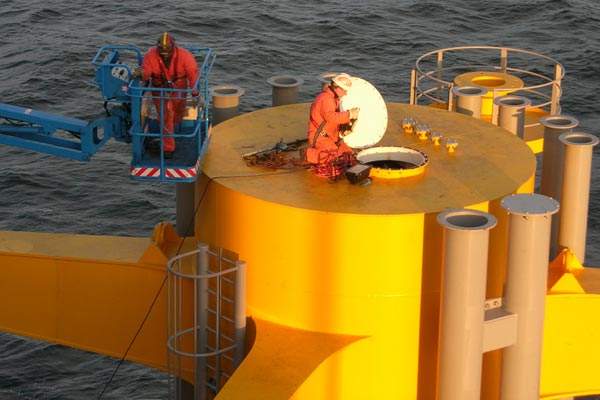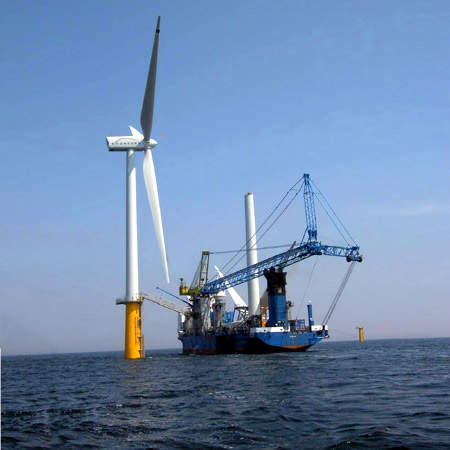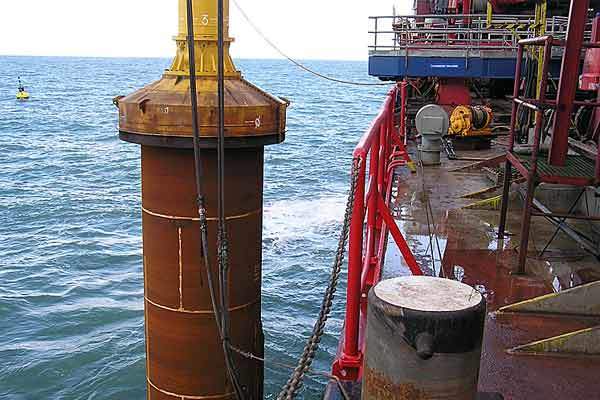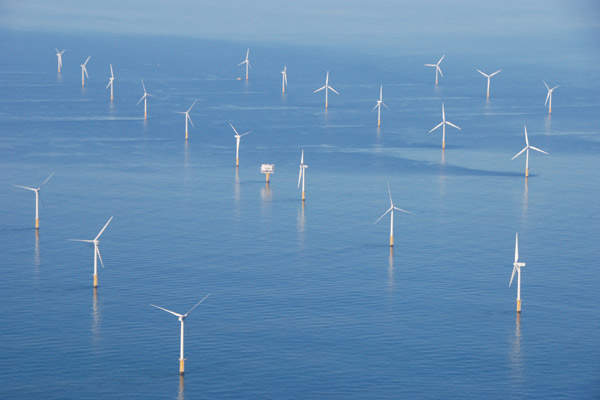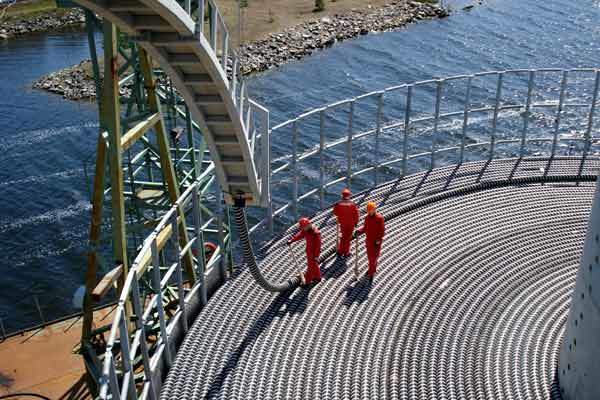The Princess Amalia Offshore Wind Farm is located on the Dutch Continental Shelf at block Q7 in the Netherlands. The farm is located about 23km from the coast of IJmuiden. It is the world’s deepest offshore wind farm, constructed at a depth of 19-24m. It was developed by Econcern with the help of investment from utility company Eneco.
The wind farm has an installed capacity of 120MW. The annual power production is approximately 435GW/h, which is sufficient to power 125,000 households.
Operations were started in June 2008.
By June 2009, Princess Amalia met the anticipated production of energy during the first year of its operations. The farm will avoid CO2 emissions by 225,000t per annum.
Project history
The wind farm project began in 1998 and included firms such as E-connection, Vestas, Mammoet van Oord, Smulders and Fabricom.
An application pertaining to the permission for constructing and operating the wind farm was submitted by E-Connection in 1999.
In May 2000, an economic impact evaluation was started.
The permission to construct and operate the plant was issued in February 2002, while the permission to maintain the offshore land cables was issued in spring 2002.
An agreement pertaining to the takeover of the rights of the Princess Amalia was jointly signed by Econcern and Energy Investments Holding in October 2004. A firm called Q7 Holding was established by EIH and Econcern. Integrated energy company Eneco joined the project and signed a declaration of intent for the construction and operation of the wind farm with Q7 in March 2005.
The project was transferred to Q7 Holding from E-Connection on 10 July 2006, while a term sheet for non-recourse project financing was signed the next day. On 26 July, a 50% stake in the Princess Amalia was officially awarded to Eneco.
Project finance
Princess Amalia is the first offshore wind farm with fully non-recoursed finance. In a non-recoursed finance structure the revenues needed to service the interest costs and principal repayment of the financing are generated completely through the project.
The financiers of the project included Dexia bank, Rabobank, BNP Paribas and Danish state-owned enterprise EKF (Eksport Kredit Fonden). The major share of the investments made in the project is financed in the form of loans from the Rabobank, Dexia bank and BNP Paribas, which acted as mandated lead arrangers.
Princess Amalia’s financing structure incorporates a number of features that reduce the risks associated with the construction and long-term operation of wind turbines in the North Sea.
Technology
Princess Amalia has 60 V80-model wind turbines of 2MW each. The wind turbines are made by Vestas. The axis height of the turbines is 59m and the diameter of the rotors is 80m. They rotate at a wind speed of approximately 3m/s and will be turned off when the wind speed is 25m/s. The turbines were installed at a depth of 19-24m in order to reduce the impact on migrating birds. A distance of 550m is maintained between the turbines.
The V80 turbines feature a six-gear yaw system. The turbine’s transformer is integrated with the nacelle to reduce power loss. The 39m-long blades of the turbines, made from glass fibres in an epoxy resin, sweep an area of 5,027m². Receptors and down-conductors protect the turbine and its blades from lightning.
Construction
The construction of the wind farm was started in 2005-06. Initially it included installation of onshore sea cables of 50kV, connecting the sand dunes and the substation in Velsen while the first foundation were laid on 10 October 2006.
The installation and transition works of the wind farm were carried out until May 2007. The work carried out by Van Oord involved the installation of the foundation into the sea floor and the fixing of transition pieces on top of the foundation.
The foundation employed was a monopile. A stable 100mx30m Jumping Jack was created to install the foundation and the transitions. The Jumping Jack is a rig or platform with four feet and fixes itself on the sea floor and has the capability to fully lift itself from the water.
The 54m-long foundation weighs 320t while the transition pieces weigh 115t. The foundation was initially discharged horizontally and placed vertically on the sea floor.
The sea cables connecting the high-voltage substations with turbines and the shore were installed during 2007. The key players involved in the installation of sea cables were ABB and Van Oord. In addition, sea cables of 150kV were installed in June 2007 by Van Oord.
The installation of wind turbines was carried out from May 2007 to November 2007 by Vestas. The wind farm was connected to the Dutch grid by December 2007, when its first power was transferred to the grid. All the turbines were installed and ready for operation by April 2008. Vesta was also involved in the installation of towers.
Transmission
A cable installed on the shore connects the wind farm to the national grid. The cables included a 7km, 150kV export cable on land, a 28km-long 150kV export cable in the sea and 60 individual lengths of 22kV infra-turbine cables. It also employed 22kV from the turbines to the substation at sea, three single core export cables on land, three phase export cable in the sea (150kV) and a three-phase inter-turbine cable at sea (22kV).
The 23km cable connecting the substation and the shore is of 50kV. Export sea cable of length 28km and 150kV connect the station and the shore near Wijk aan Zee.
The voltage is usually stepped up from 22kV to 150kV at the high-voltage substation installed in the middle of the wind farm. The step up transformation will be performed in order to reduce the energy losses.

